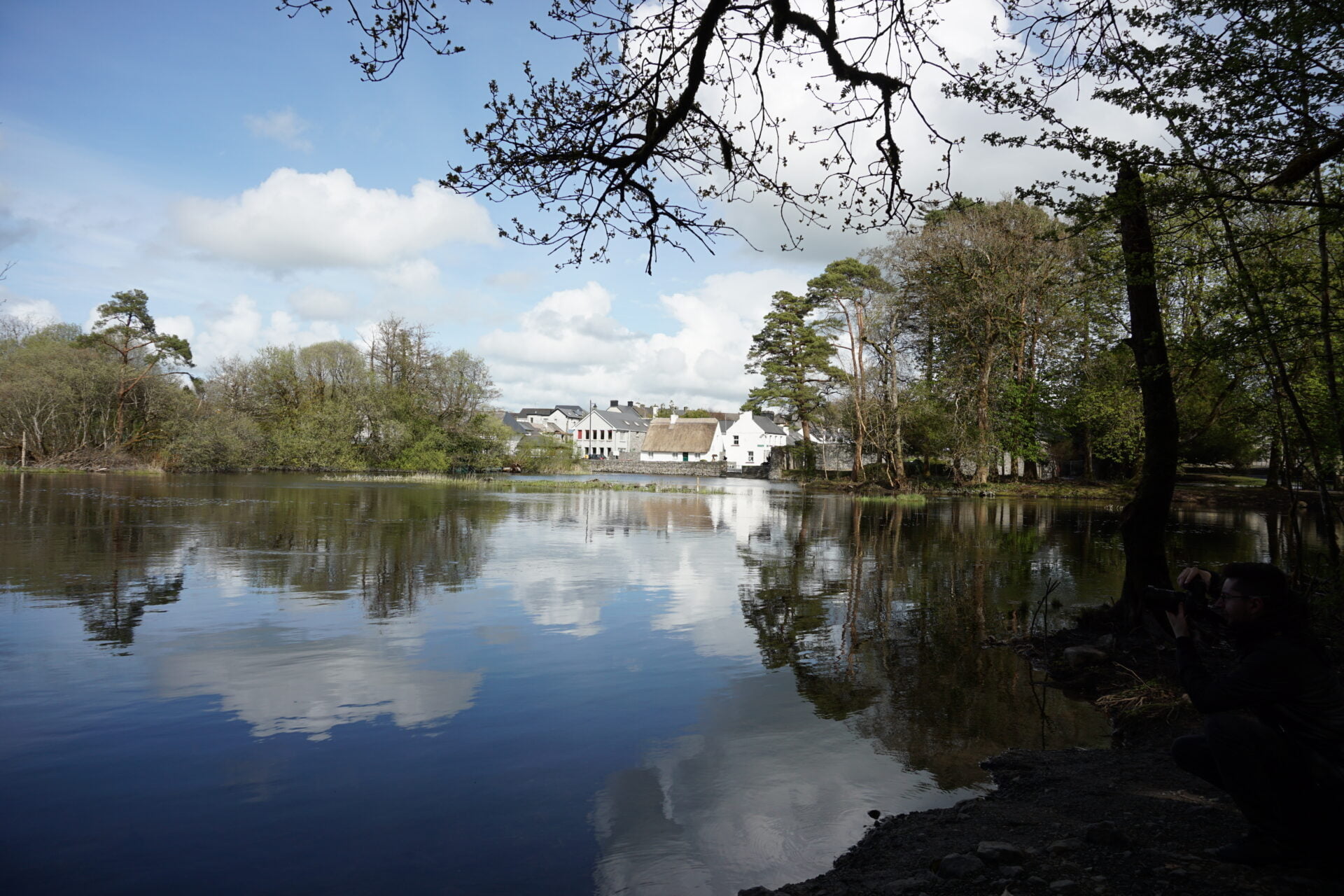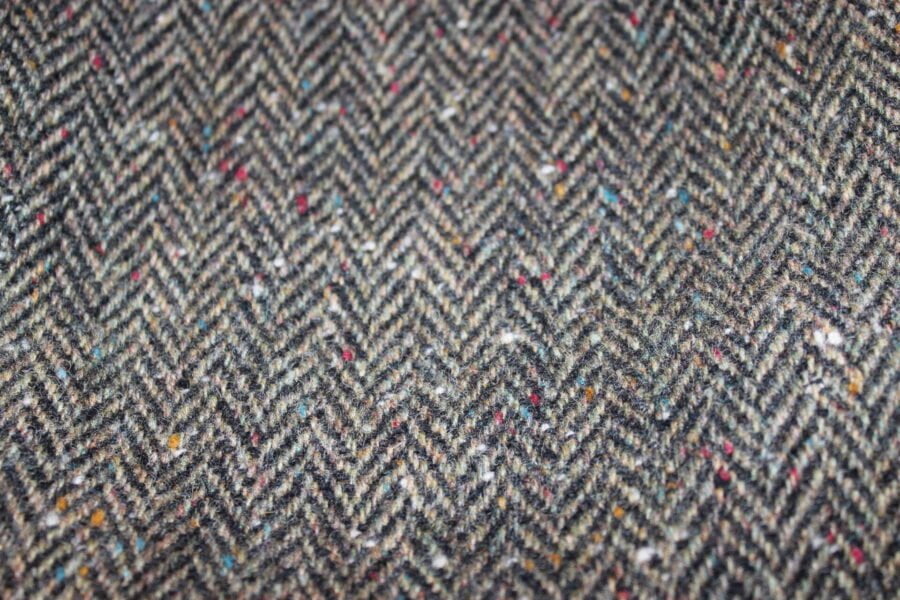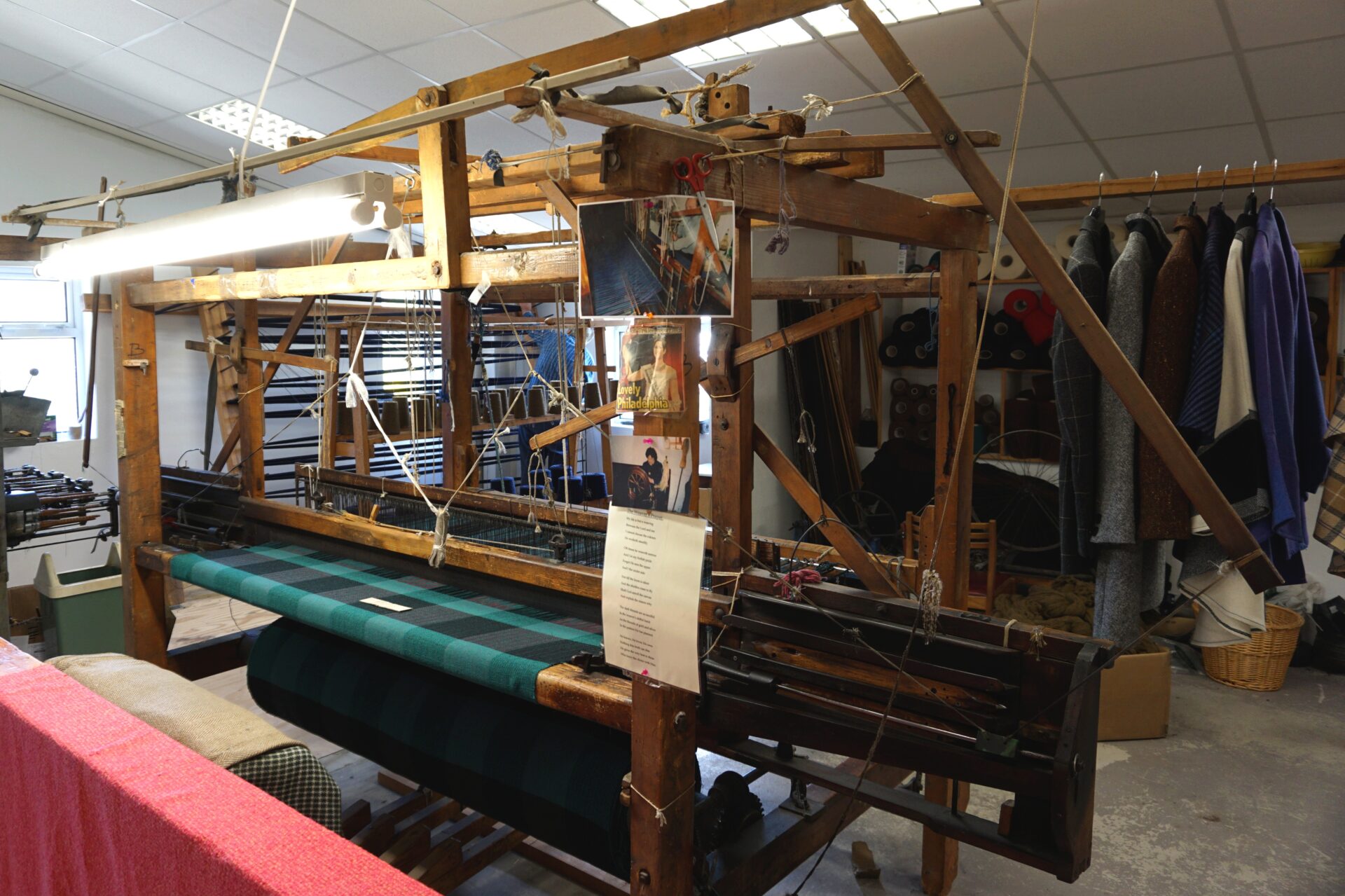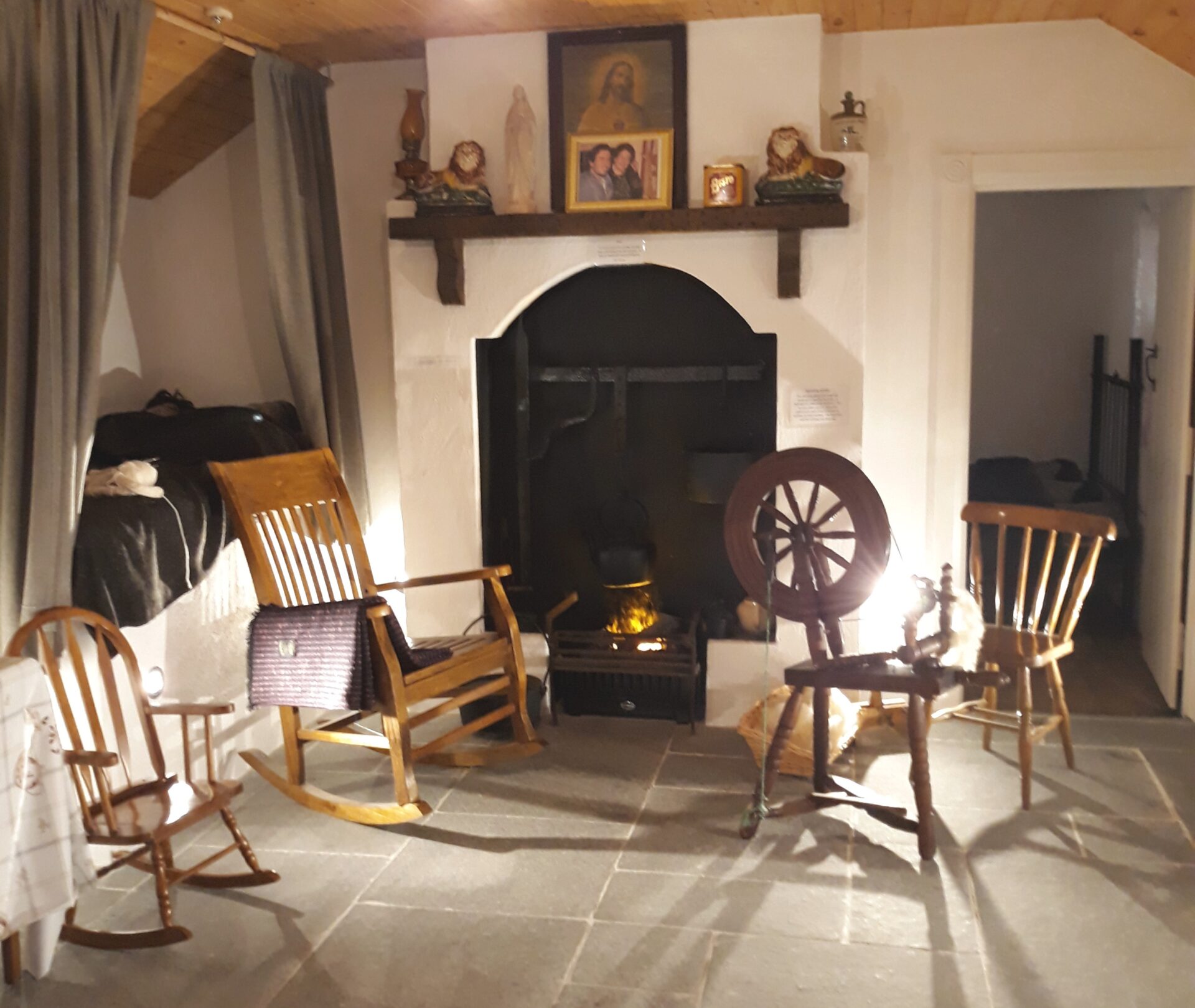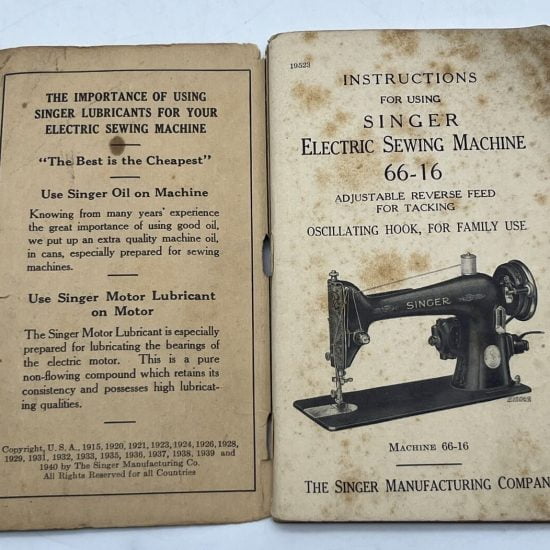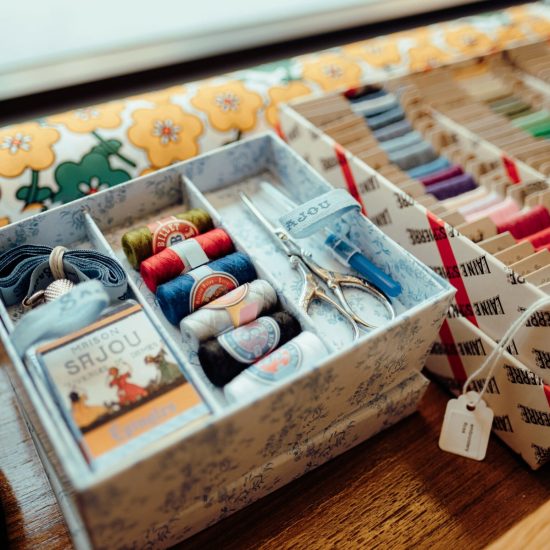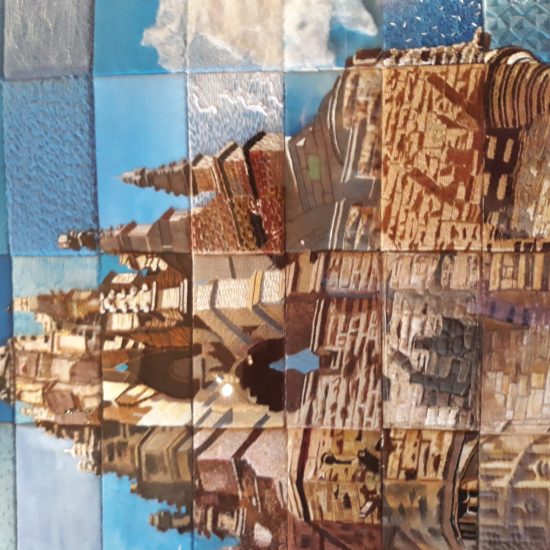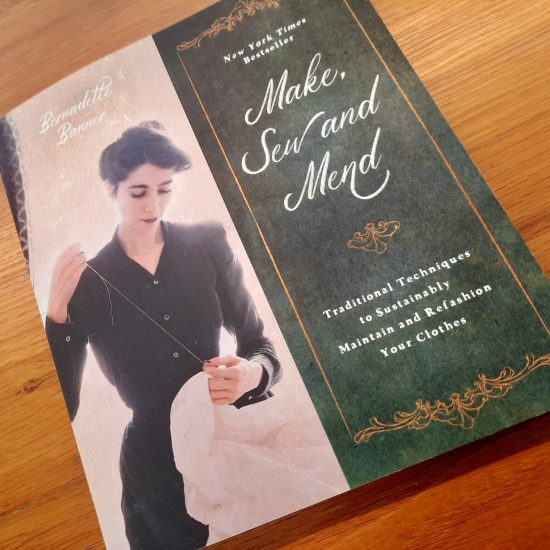Ireland is like a second homeland to me. I love to come back anytime I can, and my husband too.
Our Irish dance academy Gens d’Ys organises annual trips to discover the beauty of the Emerald Isle, and we love those tours with our dancing friends! The lovely Angela, living in Italy but born in Roscommon, is a wonderful guide around all the counties. Those trips usually last a few days and are conceived as introductions to Ireland, to give you a glimpse of the island and provide suggestions for places to explore deeper by yourself.
On the 2018 trip to Donegal, we visited awesome places like Downpatrick Head, Slieve League, Killybegs… Another beautiful place we wen to is the town of Ardara. We had a special dancing night with a group of lovely locals guided by the wonderful Clement Gallagher, who greeted us with music and cakes in the perfect Irish céili tradition.
Between a stop at a local tea room and the dancing night, we also visited a special place: the Triona Donegal Tweed Visitor Centre. From outside, we expected a shop, but we found an unexpected amazing display about the history, family tradition and making of Irish tweed, in the past and nowadays.
About the cèili dances
Céili is the typical group dance in Ireland. The number of dancers varies from 2 to 16. You can find a handful of codified group dances for competitions, but the vast majority of existing dances differs from place to place, following a long tradition of dancing nights dating back to the 16th century. The name céili also refers to the traditional Irish gathering for fun, fellowship, and laughs (or craic as the Irish might say). In Ardara we attended a truly Irish céili night with live music, handmade cakes, the master of the evening Clement Gallagher calling the dances and the deep welcoming of Irish people, for which no one is a stranger.
About Irish Tweed
Thinking about tweed, the first thing that came to my mind was the movie of my childhood “Little Lord Fauntleroy” and lords of the English countryside on their horses. Well, I was partly wrong.
Twees is a wool fabric made of flecked thread with rough surface, traditionally woven in earth tones and natural colors (browns, pale greens, and the blues and greys of heather), echoing those of the countryside. It’s known for its warmth and durability, for its practical uses and hardwearing textile. Originally, it was used for men’s working clothes: farmers wore it to protect themselves against cold and damp.
In the past, tweed was hand-woven at home (and that’s part of what we learnt and saw at the Triona Visitor Centre), hand-spinning wool from the sheep they raised and then weaving it into the cloth using looms. They dyed the fabric using natural elements, and this is why natural colors were the most common ones.
There are several tweed varieties around, and Donegal tweed is one of them. The original Donegal tweed had two distinctive designs: “salt and pepper” style, that has flecks of color running throughout the fabric; “herringbone” style, with a unique pattern of narrow stripes inspired by fish bones. Nowadays, for both of these traditional styles we have a larger diversification of patterns and colors than before.
The Triona Donegal Tweed Visitor Centre
Entering Triona, you first find what you’d expect to: a shop selling products made from locally sourced lambswool. In all cloths you’ll meet the colors of the Donegal landscape, with a special place for the signature Purple Tweed Cape, inspired by the wild heather.
Well, what’s impressive and special is what’s beyond the shop, though. That’s the proper Visitor Centre where you can discover the history, craft, tradition and technique of the making of the Donegal tweed.
All this was founded in the 1980s by Dennis Mulhern, a fifth-generation hand weaver, who opened Triona as a small bespoke tweed company in the front room of his Ardara family home. Remember the mention of his family home, because it then gained a special place in Triona in 2017…
The building that houses Triona Donegal Tweed Visitor Centre now is locally known as the ‘Mart‘ and once housed over 60 weavers from the local area. Among them, also Dennis Mulhern worked, before founding his firm.
Getting deeper into the “Mart“, you can witness Master Weavers at work on traditional looms that have been used for centuries.
Hand weaving with those hand looms means crossing threads that are called warp and weft. The threads running lengthwise or longitudinal, called warp, are kept in tension, while threads called weft run across the warp to produce the cloth. For the crossing of threads, you use a weft holder called shuttle, drawn through and inserted over and under the warp.
In the early 18th century they created a horizontal loom, a frame with a sleigh, reed and heddles. The introduction of the flying shuttle revolutionised hand-weaving and greatly increased output. This is the loom type on which Donegal handwoven tweed was woven and still is woven on today.
We could see a weaving demonstration by one of the Master Weavers, working on a herringbone tweed. Seeing the rapidity of his hands, from years of mastering his skills, we were all enchanted! The shuttle sped up to and fro, and you could barely notice it.
Both our guide and the weaver were eager to tell us anything about the loom. That’s so typically Irish: every Irishman and Irishwoman is born a natural storyteller. And they have a special welcoming attitude, summarised in their “céad míle fáilte“, literally “a thousand welcomes“. That’s truly embedded in the Irish soul, so that walking along the street you find perfect strangers saying “good morning, have a nice day” with a heartfelt smile.
Do you remember when I mentioned Dennis Mulherm’s home, where Triona was born? Well, in 2017 the Visitor Centre introduced a new attraction: the Weavers Cottage.
This cottage, located in the heart of the “Mart“, is a scale replica of the home in which Dennis grew up, fully furnished and complete with thatched roof and loom house at the side. You can step inside and look around the two rooms where the family lived, one for eating, sleeping and living, the other for working.
The local guides will tell you how people lived in rural Ireland in the 19th and first half of 20th century. What impressed me is that the whole family had such a small place to sleep! You can see it inside the cottage, complete with the sleeping family. Look at how they had to stay just to fit under the blankets! Up to 13 people in two beds, they tell you!
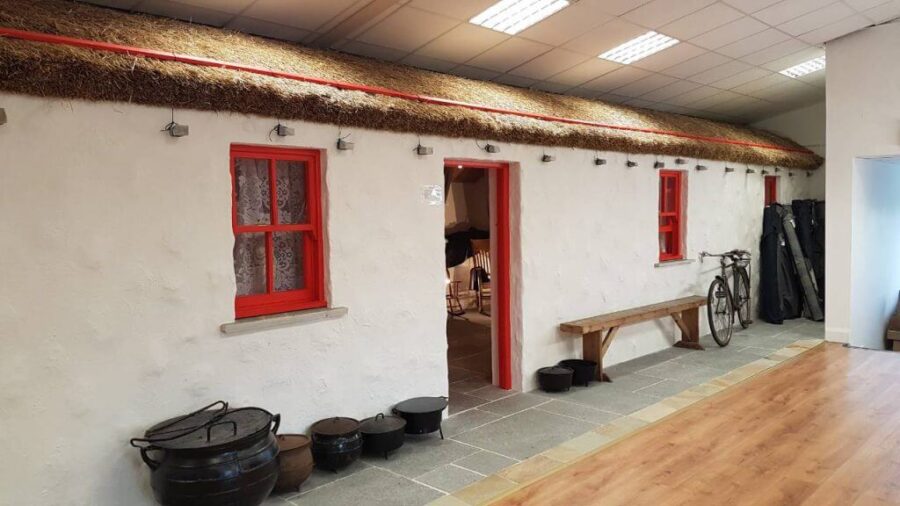
The traditional and iconic Irish Cottage was developed in the 18th century, making it out of materials found within a short distance. Early cottages had just one single room and were sort of huts without a foundation. They then evolved, having two rooms around the large fireplace and sometimes an attic. That’s the kind of cottage you see at Triona.
Most cottages had the typical thatched roof largely seen around Ireland. For the thatch, they used materials availeble close by, mostly wheat or straw.
The half door was popular to allow for ventilation while keeping the children in and animals out. The one in the Weaver’s cottage is brightly colored like many Irish doors are, with a lovely red that make it stand out, the same color of the window frames.
We all really enjoyed our visit to Triona. We had the opportunity to learn a lot, and also see the weavers in action. That’s a visit that I highly recommend to all crafters passing nearby, but also to non-crafters. Everyone could enjoy both the shopping and the guided tour.

